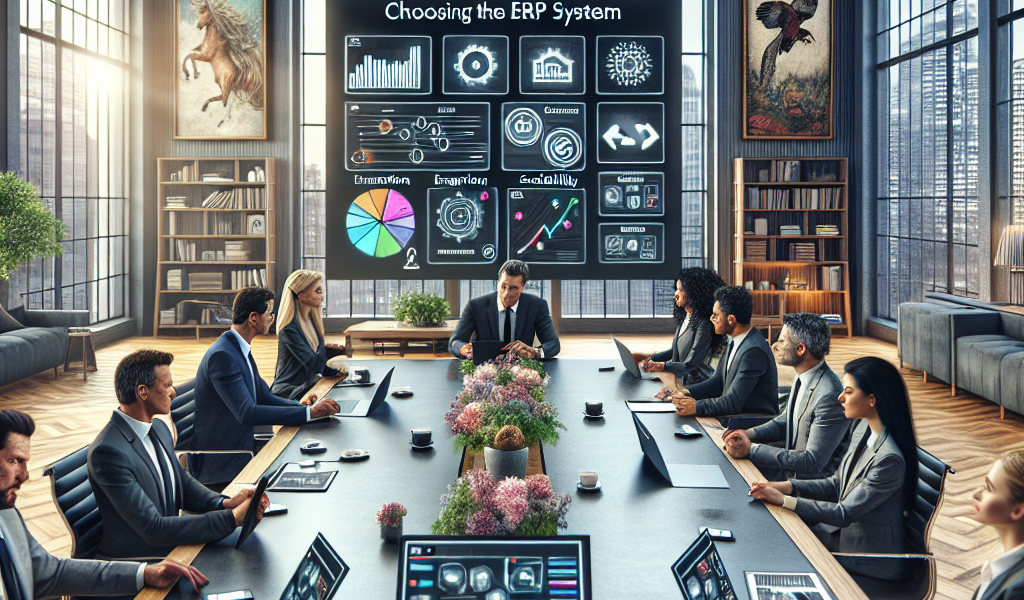Beyond spreadsheets: A playbook for choosing the right ERP system
Beyond Spreadsheets: A Playbook for Choosing the Right ERP System
There comes a time for most growing companies where it’s clear the basic software and spreadsheets on which they have been relying can no longer keep pace with the needs of the business. If that rings true for your organization (based on the indicators detailed in Part 1 of this series) then it’s time to commit to making a significant upgrade: implementing an Enterprise Resource Planning (ERP) system.
ERP systems have become essential tools for businesses looking to streamline their operations, improve efficiency, and drive growth. However, with a myriad of options available in the market, choosing the right ERP system can be a daunting task. This article serves as a playbook to guide you through the process of selecting an ERP system that aligns with your business needs and goals.
Assess Your Business Needs
Before embarking on the journey of selecting an ERP system, it is crucial to assess your business needs thoroughly. Identify the pain points in your current processes, the areas that require automation, and the goals you aim to achieve with an ERP system. Understanding your requirements will help you narrow down the list of potential ERP solutions and focus on the ones that best fit your business.
Consider Scalability and Flexibility
As your business continues to grow, your ERP system should be able to scale with it. Opt for a system that is flexible enough to accommodate future expansions, additional users, and evolving business requirements. Scalability ensures that your ERP investment remains relevant in the long run, saving you from the hassle of switching systems as your business expands.
Evaluate Integration Capabilities
An ERP system is the backbone of your business operations, and seamless integration with other software applications is crucial for maximizing its effectiveness. Consider the compatibility of the ERP system with your existing tools such as CRM software, e-commerce platforms, and marketing automation systems. A well-integrated ERP system can streamline data flow across different departments, leading to improved efficiency and better decision-making.
Prioritize User-Friendliness
Ease of use is a key factor in the successful adoption of an ERP system across your organization. A user-friendly interface, intuitive navigation, and comprehensive training resources can significantly impact how quickly your team members embrace the new system. Prioritize ERP solutions that offer a smooth learning curve and provide ongoing support to ensure a seamless transition.
Evaluate Vendor Reputation and Support
When choosing an ERP system, you are not just selecting a software solution but also a long-term technology partner. Research the reputation of the ERP vendors you are considering, read reviews from current customers, and evaluate the level of customer support they provide. A reliable vendor with a track record of successful implementations and responsive support services can make a significant difference in the overall success of your ERP project.
In conclusion, the decision to move beyond spreadsheets and implement an ERP system is a strategic investment that can propel your business to new heights of efficiency and profitability. By following the playbook outlined in this article and conducting thorough research, you can select an ERP system that meets your current needs while paving the way for future growth and innovation.
The post Beyond spreadsheets: A playbook for choosing the right ERP system appeared first on Digital Commerce 360.
#ERP, #DigitalTransformation, #BusinessSoftware, #Ecommerce, #Efficiency












